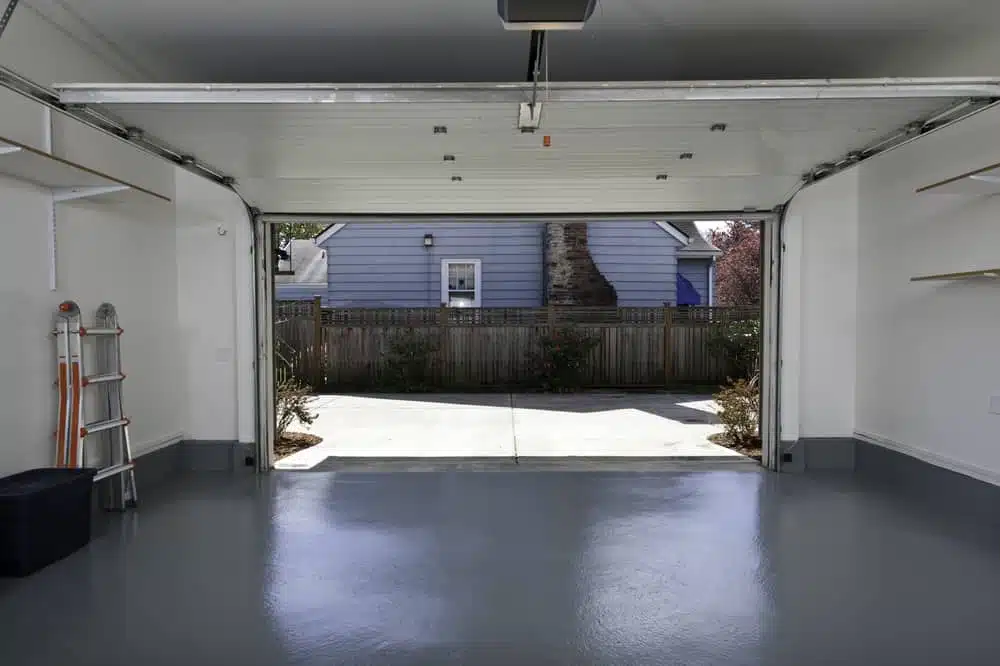When you decide to give your garage a makeover, one of the things you might consider is painting your garage floor. Over time, the garage floor can get dirty. It might have oil spills, stains, and more. Once you clean the floor, the best way to restore it is by painting the floor. It is a simple and inexpensive way to transform your garage and protect the floor going forward.
Benefits of Painting Your Garage Floor
There are benefits to painting your garage floor. First of all, it is a simple way to give your garage a complete makeover. You can clean the floor and then paint it to make it look fresh and new. When you clean an unpainted garage floor, it can still appear dirty.
In addition, the fresh paint will provide your garage floor with protection against mold and mildew, as well as fluids from your car. Paint also makes your garage floors water resistant, and they will be easier to clean. They won’t hold as much dust as concrete would without paint.
What Type of Paint Can You Use?
You can choose from two different types of paint when you take on this project. One choice is latex acrylic paint, and the other is an epoxy paint. Although the latex paint is less expensive, epoxy is more durable and usually bonds to the concrete better for a better finish. The latex paint lasts around two years, but you can get nearly twice the time with epoxy. For these reasons, epoxy is the best choice for painting the garage floor.
How to Paint the Garage Floor
- Prepare the Floor for Painting
If you are dealing with concrete, it is very important to clean the floor. Concrete is porous and collects dirt and dust over time, so you need to start out by cleaning it. You can use a power washer or a floor buffing machine. If you have any grease stains, you might want to use a degreaser to remove them.
If you aren’t able to power wash the floor, you can use a high pressure nozzle on a hose and a stiff bristled brush to get rid of the dirt. If the floors are too dirty, you should let the cleaning solution sit on the floors for a period of time. Then, you can finish scrubbing to remove all of the grime.
If you already have paint on the floor, you need to remove it before you paint. Use a chemical stripper for this process. You should fill in any cracks in the concrete, and there are different products available. You should fill the cracks in layers and allow it to dry completely before moving on. Make sure that you are left with a smooth surface when you finish.
Finally, you need to etch the surface. This helps to open the pores of the concrete so that it will absorb the paint better.
- Use a Bonding Primer
It is important to start with a coat of primer. This is even more important if you are painting an untreated floor because concrete is porous. In addition, primer will help the paint adhere better to the floor. You should use a brush to prime the edges and a roller for the rest of the floor. Once you finish, you will want to let it dry for at least four hours. Don’t move onto the next step until the floor is completely dry.
- Apply the Paint
Once the primer is completely dry, you can apply the epoxy paint. Start by painting around the edges with a brush, and then roll the rest of the floor exactly the way you did when you used the primer. It may look great after the first coat, but you need to apply a second coat to make sure that it looks great and is durable. Once you finish, let it dry and enjoy your floor.

